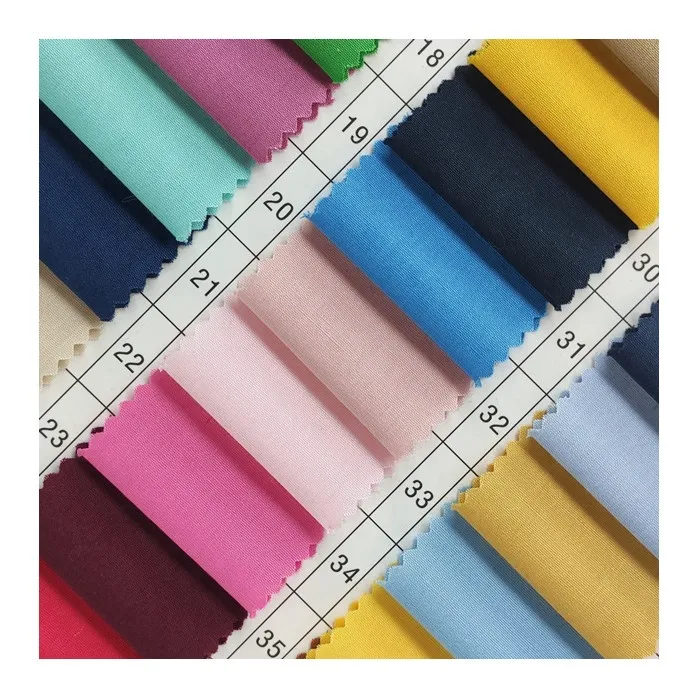
- Afrikaans
- Albanian
- Amharic
- Arabic
- Armenian
- Azerbaijani
- Basque
- Belarusian
- Bengali
- Bosnian
- Bulgarian
- Catalan
- Cebuano
- Corsican
- Croatian
- Czech
- Danish
- Dutch
- English
- Esperanto
- Estonian
- Finnish
- French
- Frisian
- Galician
- Georgian
- German
- Greek
- Gujarati
- haitian_creole
- hausa
- hawaiian
- Hebrew
- Hindi
- Miao
- Hungarian
- Icelandic
- igbo
- Indonesian
- irish
- Italian
- Japanese
- Javanese
- Kannada
- kazakh
- Khmer
- Rwandese
- Korean
- Kurdish
- Kyrgyz
- Lao
- Latin
- Latvian
- Lithuanian
- Luxembourgish
- Macedonian
- Malgashi
- Malay
- Malayalam
- Maltese
- Maori
- Marathi
- Mongolian
- Myanmar
- Nepali
- Norwegian
- Norwegian
- Occitan
- Pashto
- Persian
- Polish
- Portuguese
- Punjabi
- Romanian
- Russian
- Samoan
- scottish-gaelic
- Serbian
- Sesotho
- Shona
- Sindhi
- Sinhala
- Slovak
- Slovenian
- Somali
- Spanish
- Sundanese
- Swahili
- Swedish
- Tagalog
- Tajik
- Tamil
- Tatar
- Telugu
- Thai
- Turkish
- Turkmen
- Ukrainian
- Urdu
- Uighur
- Uzbek
- Vietnamese
- Welsh
- Bantu
- Yiddish
- Yoruba
- Zulu
clothing fabric
The Versatility of Clothing Fabrics A Comprehensive Overview
Clothing fabric is the backbone of the fashion industry, representing not only the garments we wear but also the functionality, comfort, and style these fabrics offer. The choice of fabric can influence everything from the drape of a garment to its durability, breathability, and even environmental impact. As fashion continues to evolve, understanding the various types of fabrics and their unique characteristics can aid consumers in making informed choices.
Types of Clothing Fabrics
1. Natural Fibers Natural fibers, derived from plants and animals, are celebrated for their comfort and breathability. Cotton, for instance, is one of the most widely used fabrics in the world. It is soft, durable, and absorbent, making it an ideal choice for everyday wear. Linen, another plant-based fabric, is made from flax plants and is known for its exceptional breathability and moisture-wicking properties, though it often wrinkles easily.
Wool, sourced from sheep, is a popular natural fiber renowned for its insulation properties. It keeps the wearer warm in winter and cool in summer due to its ability to wick moisture away from the body. Cashmere, a luxurious variant, is incredibly soft and lightweight, adding an element of sophistication to any wardrobe.
2. Synthetic Fibers Synthetic fabrics, created through chemical processes, have revolutionized the clothing industry. Polyester, one of the most common synthetic fibers, is favored for its durability, wrinkle resistance, and ability to retain color. It is often blended with natural fibers to enhance the functionality of clothing. Nylon, another synthetic fabric, is known for its strength and elasticity, making it popular in activewear and outerwear.
Rayon is a semi-synthetic fiber that is derived from natural sources but undergoes significant chemical processing. It mimics the feel of silk, making it a popular choice for dresses and blouses due to its lightweight and luxurious drape.
3. Blended Fabrics Many modern garments are made from blended fabrics, combining the best qualities of natural and synthetic fibers. For instance, a cotton-polyester blend offers the softness and breathability of cotton with the durability and wrinkle resistance of polyester. This blend is particularly common in everyday wear, providing comfort without compromising style.
4. Eco-Friendly Fabrics With the growing emphasis on sustainability, eco-friendly fabrics have gained popularity. Organic cotton is cultivated without harmful chemicals and pesticides, making it a safer choice for both consumers and the environment. Additionally, hemp fabric is praised for its sustainability, as hemp plants require fewer resources to grow and produce a highly durable textile. Recycled polyester, made from repurposed plastic bottles, also provides an innovative solution for reducing waste in the fashion industry.
clothing fabric

Choosing the Right Fabric
When selecting fabrics for clothing, consider the following factors
- Purpose Determine what activities you'll be doing in the clothing. For example, breathable fabrics like cotton and linen are better for hot weather, while insulated materials like wool are suited for cooler climates.
- Care Requirements Some fabrics require special care. Silk, for example, often requires hand washing or dry cleaning, while cotton is generally machine washable.
- Comfort and Fit The drape and feel of a fabric can significantly influence how a garment fits and flatters the body. Try different fabrics to see how they feel against your skin and how they move with you.
- Environmental Impact With increasing awareness of environmental issues, consider the sustainability of the fabrics you choose. Look for certifications and labels that indicate eco-friendly practices.
Conclusion
Clothing fabric plays a crucial role in the functionality, aesthetics, and sustainability of fashion. With a myriad of options available—from luxurious silks and cozy wools to eco-friendly materials—understanding these fabrics can empower consumers to make choices that align with their needs, preferences, and values. As the fashion landscape continues to shift, the importance of thoughtful fabric selection remains paramount, enhancing not just personal style but also contributing to a more sustainable future in clothing. Whether you’re designing a new wardrobe or selecting a single garment, the fabric you choose will define not only the look but also the experience of wearing it.
-
The Versatility and Elegance of White Cotton Poplin FabricNewsJun.23,2025
-
The Luxurious Comfort of Carded CottonNewsJun.23,2025
-
Explore the Luxurious Comfort of Cotton Flannel ClothNewsJun.23,2025
-
Discover the Versatility of Cotton Poplin ClothNewsJun.23,2025
-
Bleach Cotton FabricNewsJun.23,2025
-
100 Cotton BlendNewsJun.23,2025
-
Versatile Elegance with Poplin Fabric for SaleNewsMay.15,2025
